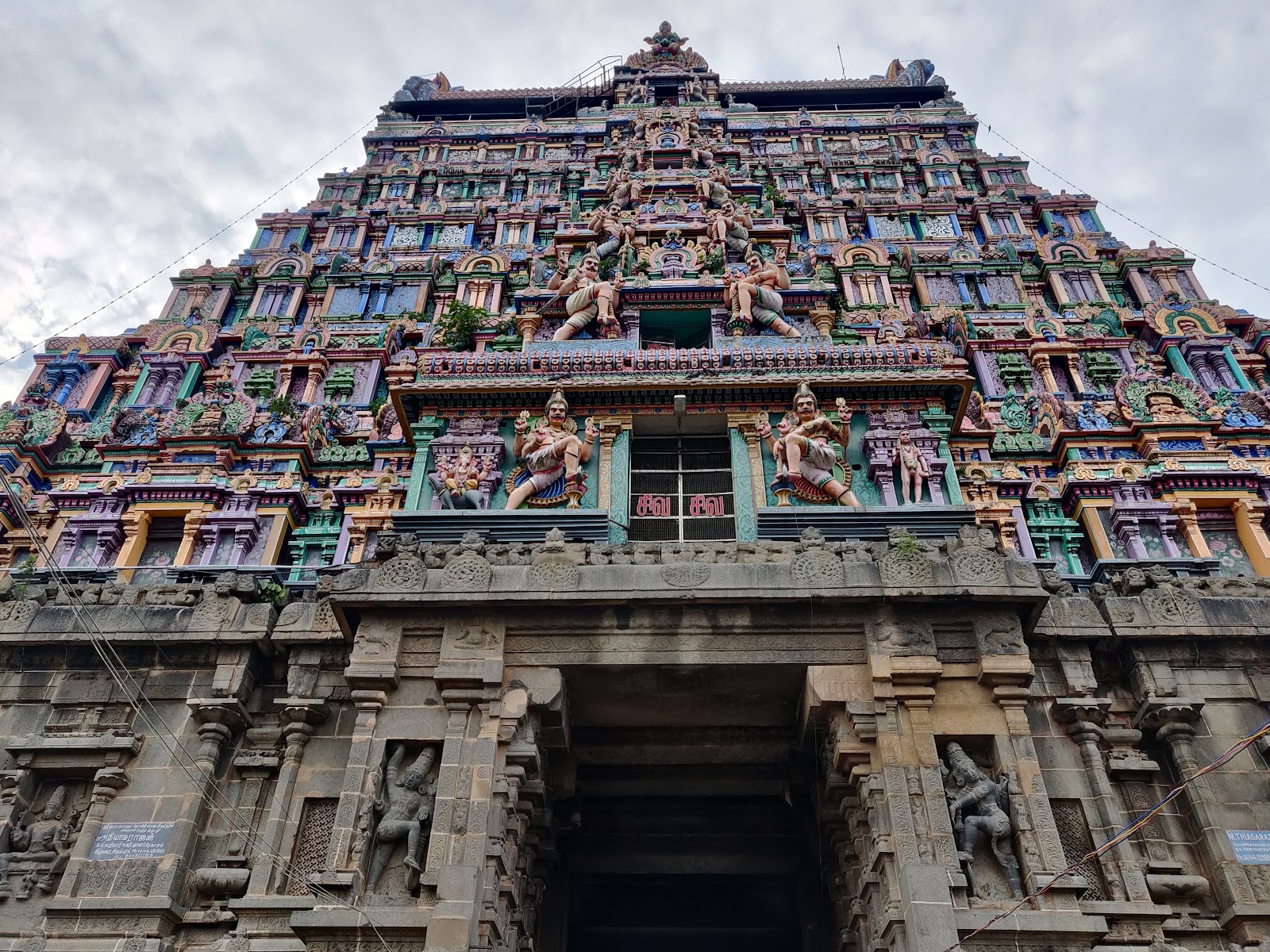The primary function of a government is to protect its citizens, a duty in which it must not fail. This responsibility extends not only to citizens but also to foreigners visiting India as tourists, business travelers, or for other reasons. Ensuring their safety is not just the duty of the government or the police; civil society also plays a crucial role. If we fail to protect both citizens and visitors—allowing them to be robbed, assaulted, or even killed in well-known tourist areas—then society must engage in deep introspection. Where are we headed?
In today's world, bad news spreads rapidly, and such incidents severely damage India's global reputation as a safe destination for tourism and business. Potential visitors may reconsider their plans, as no one wants to feel constantly afraid and cautious during their vacation. Unfortunately, this is not the first time such an incident has occurred, and it is unlikely to be the last.
India aims to project an image of being the world's oldest civilization and a "Vishwaguru" (global teacher), but such crimes have no place in a truly civilized nation. Consider the recent shocking incident in Hampi. For those unfamiliar, Hampi was the capital of one of South India’s most successful empires—Vijayanagara—which ruled for over three centuries. It is also associated with Kishkinda, the legendary land of Bali, Hanuman, and Sugriva. Hanuman and Sugriva once fought against Ravana for the injustice he committed against Sita. And now, in the same place, horrific crimes are being committed against women.
According to news reports, on the night of March 6th, around 11 PM, a homestay operator (a 29-year-old woman), an Israeli tourist (a 27-year-old woman), a man from the US, and two Indian men were sitting near the Tungabhadra canal close to Sanapur Lake. Reports state that the victims had met at the homestay itself. Initially, the attackers approached them asking for petrol money. The tourists gave them ₹20, but they demanded ₹100. When their request was denied, the situation escalated. Two of the accused allegedly gang-raped the homestay operator, while another allegedly assaulted the Israeli tourist. They also pushed the three male tourists into the canal—two managed to swim back, but the third drowned. The attackers stole the homestay operator’s bag, cash, and mobile phones. So far, the police have arrested two suspects, while a third remains at large. Shockingly, the arrested individuals are only 21 and 22 years old.
Incidents like this will have a severe impact on India's international reputation. If women are not safe in a Kolkata medical college, on the streets of Delhi, or even in a famous tourist destination like Hampi, where can they feel secure? Women travelers, especially those planning to travel alone or in small groups, may hesitate before choosing India. Who would want their dream trip to turn into a nightmare?
This issue cannot be blamed solely on the administration or the police. Society as a whole is responsible. The idea of 'Atithi Devo Bhava' (guest is God) should not just be a slogan used in advertisements—it must be ingrained in our mindset and actions. When someone visits our city or village, it is also our responsibility to ensure they have a safe and pleasant experience. Additionally, society must reflect on how individuals as young as 21 or 22 are committing such gruesome crimes. Addressing this issue requires collective effort, education, and a shift in societal attitudes.
Don't exploit tourists. Don't overcharge them, force them to buy something, or chase them to choose you as a guide. Don’t stare at them or make unwanted comments. Treat them with respect, and they will return and share positive experiences.
International tourists
Dubai welcomes around 16 million international visitors each year, and a similar number visited Singapore in 2024. According to reports, Turkey had 55.2 million visitors in 2023, Greece saw 32.7 million, and Egypt received 13 million. Where does India stand in terms of international tourists? Even within Asia, it lags behind Thailand, Malaysia, and Vietnam.
India has everything geography can offer—glaciers, deserts, rainforests, plains, oceans, islands, and rivers. It has a history spanning multiple millennia and monuments that are truly marvelous. Yet, we are far from realizing our true potential in attracting international tourists. Let’s not shoot ourselves in the foot.
Sajeev.
References






















